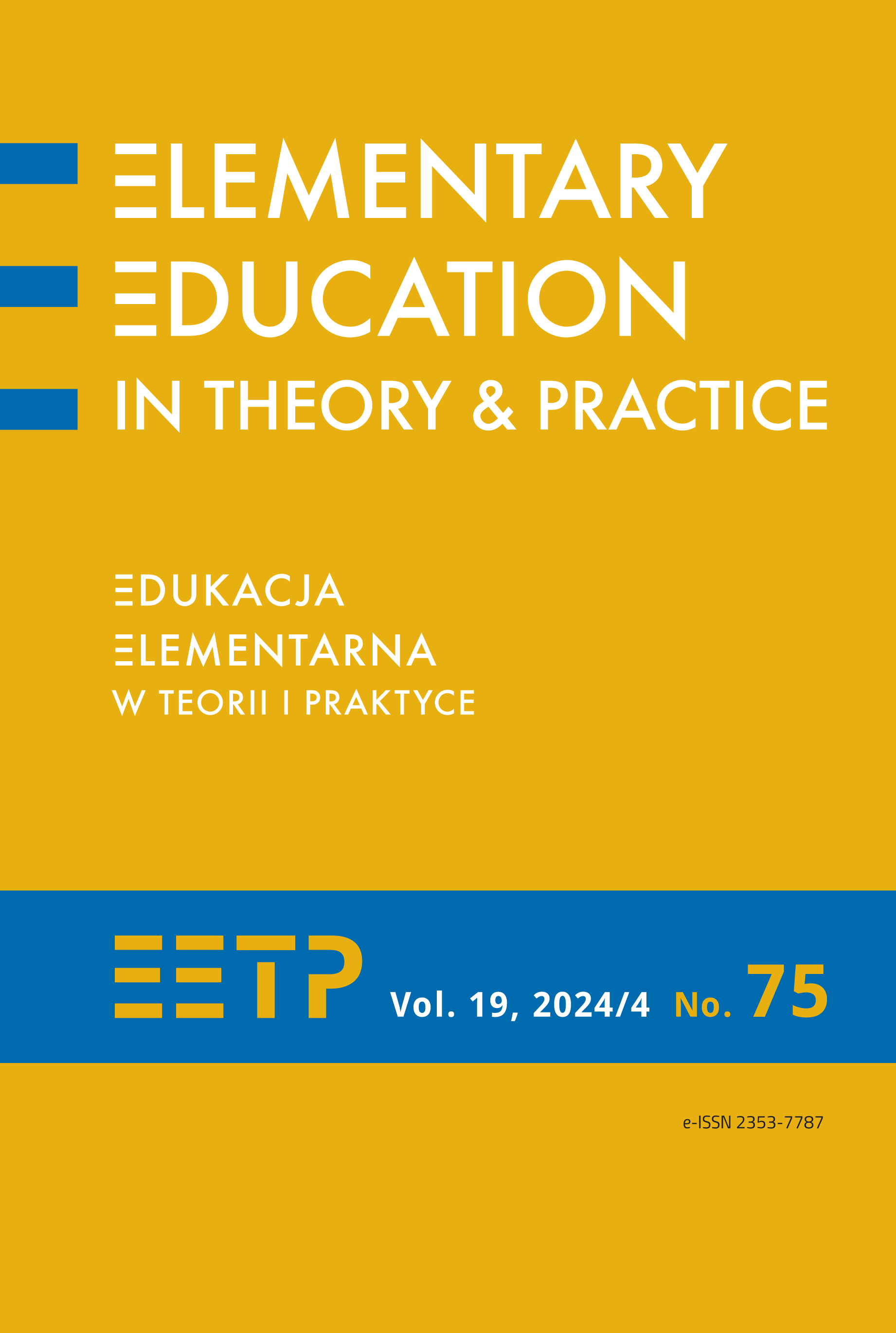Introduction
Abstract
The school, as an organisation of collective life in which the preparation of the student to create the future takes place, is an ideal space for developing the concepts of STEAM and education for sustainable development (ESD), also known as education for the future. Both approaches are developing rapidly and are considered the future of 21st century education.
In today’s schools, however, attention is not always paid to the skills that are so desperately needed to cope with the current reality which is full of haste and changes that are difficult to predict. Nowadays, one can see a growing need to develop the tenets of an effective concept of sustainable development (SD), as well as education that would be responsible for preparing generations for its implementation. STEAM and ESD, as educational concepts, aim at equipping students with skills, knowledge and competencies, and at encouraging them to take action and commit to a more sustainable life. The discussion of modernising education is invariably linked to reforming it, and the need for modernisation is permanently embedded in the condition of schools. What direction should these reforms take? What is at the heart of school modernisation? We can ask more of such questions, but, as J. Delors points out, the fundamental direction of these changes is determined by the future, and we must “think about our future and build it together” (Delors, 1998).
We invite you to read and seek inspiration for effective interactions.
References
Copyright (c) 2024 Edukacja Elementarna w Teorii i Praktyce

This work is licensed under a Creative Commons Attribution-NoDerivatives 4.0 International License.
- When submitting a text, the author declares that he/she is the Author of the article (hereinafter referred to as the “Work”) and:
- he/she owns the exclusive and unlimited copyright to the Work,
- is entitled to dispose of the copyright to the Work.
Declares that it does not infringe any third party copyrights or legal rights.
Declares that there is no conflict of interest.
2. At the same time, the Author grants the Ignatianum University in Cracowa royalty-free, non-exclusive and territorially unlimited licence to use the Work in the following fields of exploitation:
- recording the Work in a hard copy, as well as on a digital or magnetic medium;
- reproduction of the Work using any technique, without limitation of the number of editions or copies;
- distribution of the Work and its copies on any medium, including marketing, sale, lending, and rental;
- introduction of the Work into a computer memory;
- disseminating the Work in information networks, including in the Internet;
- public performance, exhibition, display, reproduction, broadcasting and re-broadcasting, as well as making the Work available to the public in such a way that everyone can have access to it at a time and place of their own choosing;
- within the scope of dependent rights to the Work, including in particular the right to make necessary changes to the Work resulting from editorial and methodical development, as well as to translate the Work into foreign languages;
The licence is granted from the moment of the transfer of the Work to the Ignatianum University in Cracow. The Ignatianum University in Cracow is entitled to grant further sub-licences to the Work within the scope of the right granted. The licence is time-limited and it is granted for a period of 15 years, starting from the date of its granting.
Authors are permitted and encouraged to publish their text online (e.g. in their institution’s repository or on the institution’s website) before or during the submission process as this may lead to beneficial exchanges, as well as earlier and greater citation of the published text (See The Effect of Open Access). We recommend using any of the following portals of research associations:
- ResearchGate
- SSRN
- Academia.edu
- Selected Works
- Academic Search




